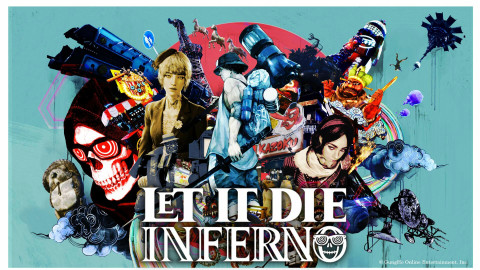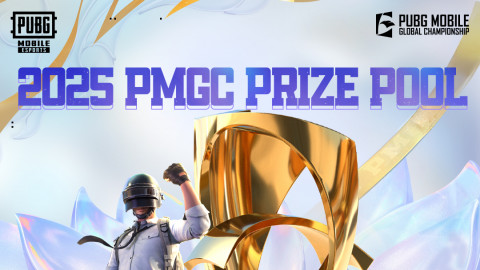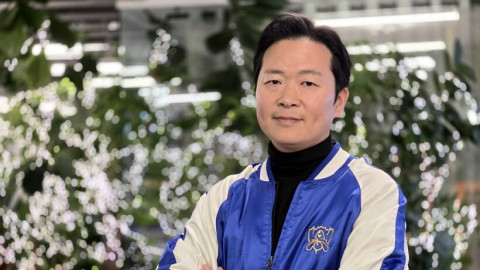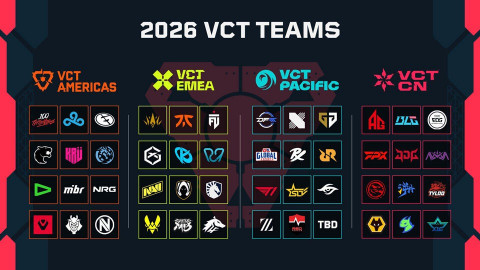
Disclaimer : The following article was written freely based on the author's opinion, and it may not necessarily represent Inven Global's editorial stance.
There are certain video games – and entire genres – that waste no time on introductions. Though games like Super Mario Bros. and the recent Nex Machina don’t show their entire hand from the very beginning, they still immediately offer an experience that’s representative of the rest of the game. In Super Mario Bros., you’ll be jumping on Goombas and collecting coins until you finally defeat Bowser, and World 1-1 offers a great opportunity to learn the ropes.
But there are other games, particularly contemporary titles, that take a “slow burn” approach. Rather than impress players with innovative game mechanics and novel story decisions from the get-go, they instead ease into the best moments. It can be frustrating, particularly in longer single-player games that take dozens of hours to complete, but it would be a shame to ignore great games hidden under a few hours of rote design or exposition. By the time the credits roll, some of them could even end up being among your favorite games of all time – so much so that you’ll forget the tedium or boredom you initially had to get through. Here are some great games that don’t make the best first impression.
Life is Strange

Life is Strange is one of my favorite games of the last few years because of its heartfelt story, earnest characters, and beautiful Pacific Northwest setting, but the game’s first episode tries a little too hard to introduce us to every important character in just a couple of hours. We learn the basics of the relationship between protagonist Max and her friend Chloe, but there is very little in the way of forward momentum for the story itself other than Max’s ominous visions of an enormous storm coming to destroy the town of Arcadia Bay.
In later episodes, however, Life is Strange picks up the pace, with Chloe and Max determined to solve the disappearance of a local girl while also struggling to reconnect after years of separation. Thanks to the game’s time-travelling mechanic, we’re even able to briefly return to their earlier childhood and experience the tragedy that crushed Chloe and sent her life into disarray. By the time we eventually make a heartbreaking final decision, the game’s opening hours are a distant memory, and one that both Max and Chloe will literally forget. I had a hard time remembering it, too, because of how emotional I was by the conclusion.
Bloodborne

From Software’s most recent game, Dark Souls III, trims the fat out of its first hour by having you almost immediately fight a powerful boss, which makes for an exhilarating and rewarding moment just minutes after creating your character. Its previous game, Bloodborne, doesn’t do this. For the first several hours, you’ll spend your time fighting the same group of low-level enemies, struggling to reach the next lamp checkpoint as you’re ambushed and killed before you can even earn any Blood Echoes for upgrades. When I did finally make it to the first mandatory boss, Father Gascoine, I was more relieved than excited. I didn’t want to do any of that again.
Luckily, I didn’t have to. The remainder of Bloodborne is filled with creative level design, tough-but-fair enemy encounters, and enough shortcuts and lamps to make sure you’re always making at least a little progress. With some of the hardest and most creative bosses in From Software’s library and a disturbing, cryptic story that only gets more bizarre as time passes, it truly feels like the first few hours of this otherwise excellent action role-playing game were made by another studio. They don’t represent the full experience, and given the game’s difficulty, it’s likely that this alone could have turned some players off from the rest of the game. For those that persevered, however, they could become converts to the Souls fandom – I know I did.
Nier: Automata

The very beginning of Nier: Automata is absolutely amazing, with combat scenarios that effortlessly switch between twin-stick shooting and more traditional action-adventure combat, but once PlatinumGames’ robot-filled sequel lets you explore its open world and complete side missions, the action slows down considerably. With early quests tasking you with attacking groups of robots for little to no reason and collecting a series of items for non-player characters at the game’s central hub area, it can feel like you’re a tiny cog in a much, much larger machine.
But if you power through the monotony and continue exploring Nier: Automata’s desolate world, you’ll be rewarded with a story that offers legitimately interesting philosophical points as well as exciting and unique combat scenarios. Once you “beat” the game the first time, playing through it again will offer important context and perspective to previously-seen story moments, and a third playthrough sends things so far off the rails that you can’t help but leave your jaw planted on the floor.
Horizon: Zero Dawn

Horizon: Zero Dawn almost feels like two completely separate games. Its first few hours are very straightforward, with protagonist Aloy forced to fend for herself and survive against both human bandits and robotic dinosaurs after a surprise attack leaves her village decimated, and while the moment-to-moment combat and missions are still a ton of fun, it can feel like well-tread ground. With little time to dig into the mysterious cause of the apocalypse that left Earth in the hands of robots, it’s difficult for us to appreciate the gorgeous and unique world that Guerilla Games has created.
After receiving a message from a key supporting character, however, Aloy is forced to uncover the secret behind society’s demise – and the role she may have played in it. Horizon: Zero Dawn becomes a nail-biting science-fiction thriller, with Aloy searching through data logs and other clues in an effort to stop the total destruction of the human race. As the story picks up steam, so too does the challenge, with huge enemies like the Thunderjaw providing lengthy and strategic fights that make you use every tool at your disposal.
Wolfenstein: The New Order

Make it past the opening level of Wolfenstein: The New Order, and you’ll experience one of the most unique alternate-history games of all time, with a colorful cast of characters and awesome science-fiction weaponry. But if you’ve only played the opening level, as one of my friends did, you’ll get the impression that The New Order is a standard World War II shooter – a good one, mind you, but a game that doesn’t do enough to have a lasting impression. While the game’s opening level is important to the larger story and protagonist B.J. Blazkowicz, it bears little resemblance to the rest of the game.
More than a decade later, B.J. awakes to find Europe completely controlled by the Nazis and a small pocket of resistance on the brink of collapse. Banding together with his former caretaker, a Jewish scientist, as well as an old friend from the military, B.J. takes on a mission into the heart of the Nazi apparatus and, eventually, even the moon. Nothing is “too far” for Wolfenstein, and once you’ve defeated the final boss, you’re going to want to talk with someone about what you just played immediately. Just wait until after you’ve listened to the closing credits’ beautiful song.

Sort by:
Comments :0






